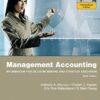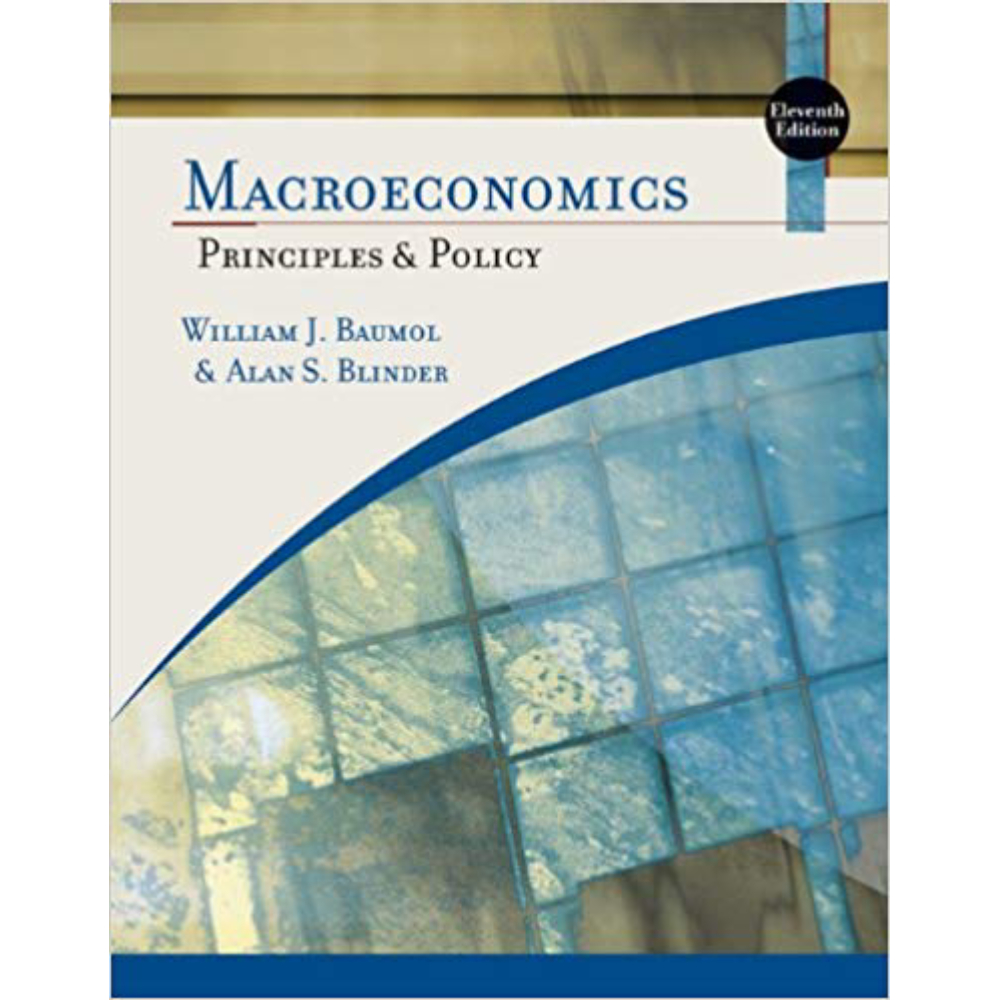Macroeconomics Principles And Policy 11th Edition By William J. Baumol – Test Bank
$55.00
Macroeconomics Principles And Policy 11th Edition By William J. Baumol – Test Bank
You will receive this product within 24 hours after placing the order
Macroeconomics Principles and Policy 11th Edition by William J. Baumol – Test Bank
Chapter 11—Monopoly
TRUE/FALSE
1. A pure monopoly is defined as having only one seller.
ANS: T PTS: 1 DIF: Easy NAT: Analytic
LOC: Monopoly TOP: Monopoly Defined
2. Monopolies are always large firms with great economies of scale.
ANS: F PTS: 1 DIF: Moderate NAT: Analytic
LOC: Monopoly TOP: Monopoly Defined
3. Pure monopoly is able to exist because the firm’s product is better than the substitutes that are available in the market.
ANS: F PTS: 1 DIF: Moderate NAT: Analytic
LOC: Monopoly TOP: Monopoly Defined
4. Pure monopoly is not studied because of its descriptive realism, but because it is a stepping stone toward more realistic models.
ANS: T PTS: 1 DIF: Easy NAT: Analytic
LOC: Monopoly TOP: Monopoly Defined
5. Pure monopoly markets are very common in the real world.
ANS: F PTS: 1 DIF: Easy NAT: Analytic
LOC: Monopoly TOP: Monopoly Defined
6. Under monopoly, resources are allocated as efficiently as in perfect competition.
ANS: F PTS: 1 DIF: Easy NAT: Analytic
LOC: Monopoly TOP: Monopoly Defined
7. The two basic reasons why a monopoly exists are barriers to entry and cost advantages.
ANS: T PTS: 1 DIF: Moderate NAT: Analytic
LOC: Monopoly TOP: Monopoly Defined
8. The key element in preserving a monopoly is keeping rivals out of the market.
ANS: T PTS: 1 DIF: Easy NAT: Analytic
LOC: Monopoly TOP: Monopoly Defined
9. Owning a patent can provide a firm with monopolistic power.
ANS: T PTS: 1 DIF: Easy NAT: Analytic
LOC: Monopoly TOP: Monopoly Defined
10. There exist only two causes of monopoly: barriers to entry and government restrictions.
ANS: F PTS: 1 DIF: Moderate NAT: Analytic
LOC: Monopoly TOP: Monopoly Defined
11. Control of a scarce resource or input can serve as an entry barrier.
ANS: T PTS: 1 DIF: Easy NAT: Analytic
LOC: Scarcity, tradeoffs, and opportunity cost TOP: Monopoly Defined












Reviews
There are no reviews yet.